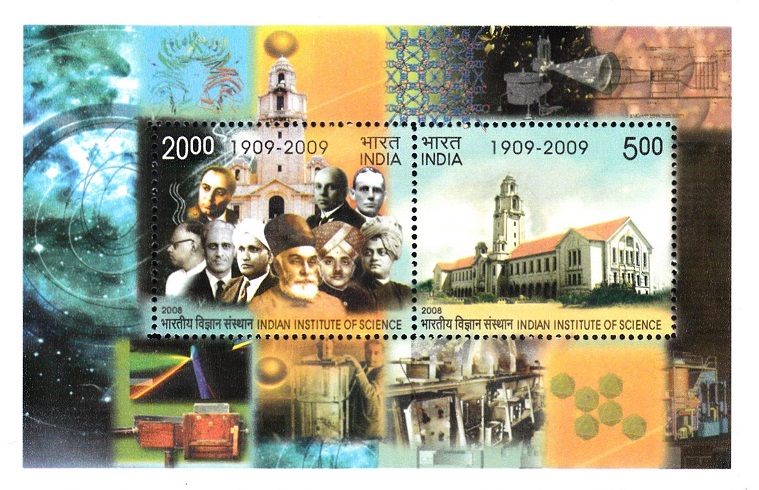
Indian Institute of Science
A Miniature Sheet consisting of 2 nos. of commemorative postage stamps on the Centenary of the Indian Institute of Science (IISc), Bangalore (Tata Institute) :
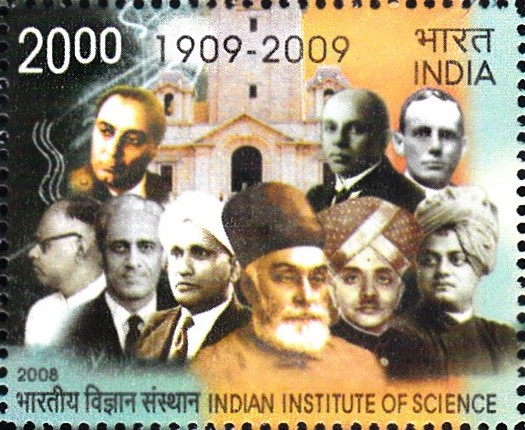
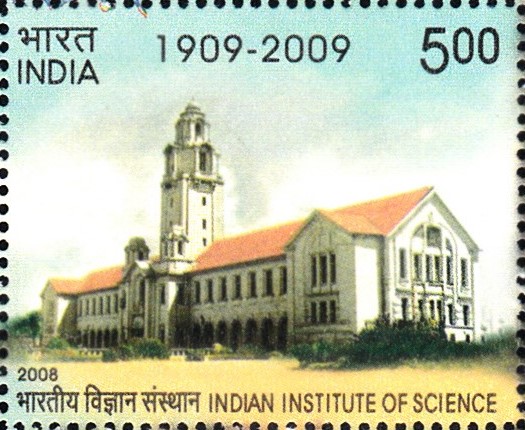
 Issued by India
Issued by India
Issued on Dec 14, 2008
Issued for : India Post is proud to release commemorative postage stamp on Indian Institute of Science.
Credits :
Stamp & FDC : Shankha Samanta
Cancellation : Alka Sharma
Type : Miniature Sheet, Mint Condition
Colour : Multi colour
Denomination : 500 & 2000 Paise
Stamps Printed : 1.5 Million each
Miniature Sheets : 0.2 Million
Printing Process : Photogravure
Printer : India Security Press, Nasik
About :
- The Indian Institute of Science (IISc) was conceived as a ‘Research Institute’ or ‘University of Research’ by Jamsetji Nusserwanji Tata, towards the end of the 19th century. It took thirteen long years from initial conception in 1896 to the birth of the institution on May 27, 1909.
- The early history of the Institute is a fascinating chapter in the story of higher education and scientific research in India, which led to the establishment of the Institute includes, charismatic and generous founder J.N. Tata, Swami Vivekananda, the Maharaja of Mysore, Shri Krishnaraja Wodeyar IV and his mother then acting on his behalf, and Lord Curzon the Viceroy of India, whose first task on arrival on December 31, 1898 was to receive a draft proposal prepared by the Provisional Committee set up to plan the establishment of the Institute. The British Government finally issued the Vesting Order in 1909, an unmatched experiment in higher education and research was launched in India. IISc is truly the first example of a public private partnership in this country; an institution, whose evolution over a century is testimony to the robustness of its foundations.
- The Institute occupies nearly 400 acres of prime land in Bangalore, generously donated by the Maharaja of Mysore in March 1907. Indeed, the contribution from the princely state of Mysore was the decisive element in determining the location of J.N. Tata’s proposed institution. J.N. Tata did not wish his name to be associated with the Institute, his dream was to create an institution that would contribute to the development of India. The name, Indian Institute of Science, which was finally chosen, reflects in every way the wishes of J.N. Tata.
- The Institute began with only two departments General and Applied Chemistry and Electro-Technology. The Departments of Organic Chemistry and Biochemistry were among the earliest to be established. The Physics department came into being in 1933, when C.V. Raman became the first Indian Director of the Institute. In the century that has passed since its inception, IISc has grown to become India’s premier centre for research and postgraduate education in science and engineering. The evolution of the Institute over the past one hundred years has mirrored the development of science and technology in India.
- As the Institute has grown, several new areas of research have been established. The Institute’s departments in field ranging from Biochemistry to Aerospace Engineering have served to nucleate research and development in both the public and private sectors. The faculty and alumni of the Institute have been responsible for establishing and spearheading many new institutions and programs across the country. Homi Bhabha conceived the idea of the Tata Institute of Fundamental Research (TIFR) and Atomic Energy Program while working in the Department of Physics. Vikram Sarabhai, the founder of India’s space program was an alumnus. Following his premature death, the Indian Space Research Organisation (ISRO) was built by the farsight leadership of Satish Dhawan, who simultaneously held the position of the Director of the Institute with the greatest distinction. The first Indian Institute of Technology (IIT) at Kharagpur was established by J.C. Ghosh, who was the Director of IISc in the critical period 1939-48, during which much of the activity in engineering was initiated at the Institute. Many of India’s most distinguished scientists have been associated with the Institute as students or faculty. Notable among them are G.N. Ramachandran, Harish Chandra, S. Ramaseshan, A. Ramachandran, C.N.R. Rao and R. Narasimha. Alumni of the Institute head many major organizations in India and abroad.
- The Institute offers a variety of Master’s degree programs in Engineering, an integrated (post-B.Sc.) program in science and Ph.D. programs in a wide spectrum of disciplines in science and engineering. The research laboratories at the Institute are well equipped. Many national facilities are housed at the Institute. The library and computational facilities at the Institute are amongst the best in India.
- The face of science and engineering research has been changing very rapidly over the past few years. Many new activities have been initiated. Notable among them are the interdisciplinary Ph.D. programs in Mathematical Science, Chemical Biology, Earth System Science, Nanoscience and Nanotechnology and Nanoengineering for Integrated Systems. An M. Tech program in Climate Science has also been introduced. A new Centre for Earth Sciences has been established.
- In reflecting on the past, present and future of the Institute, in this Centenary Year, an exchange between Morris Travers, the first Director, and Lord Willingdon went around the Institute in June 1914 and said : “I had no idea that there was anything like this in India”. Travers responded : “There is nothing like it in India; and nothing better in Great Britain”.
- Text : Based on material given by the proponent.



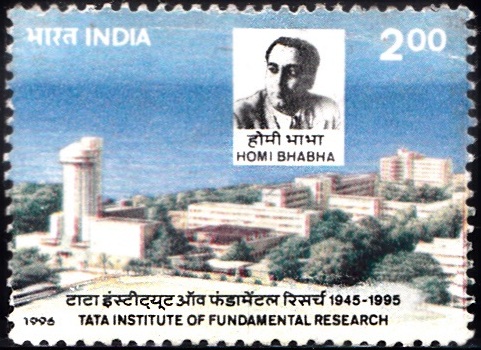
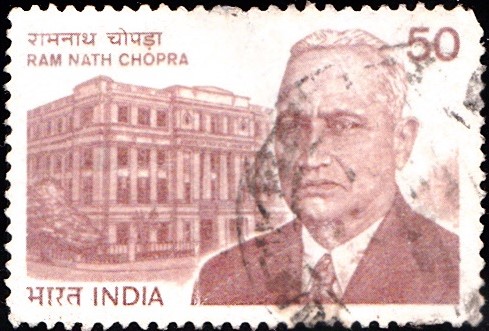
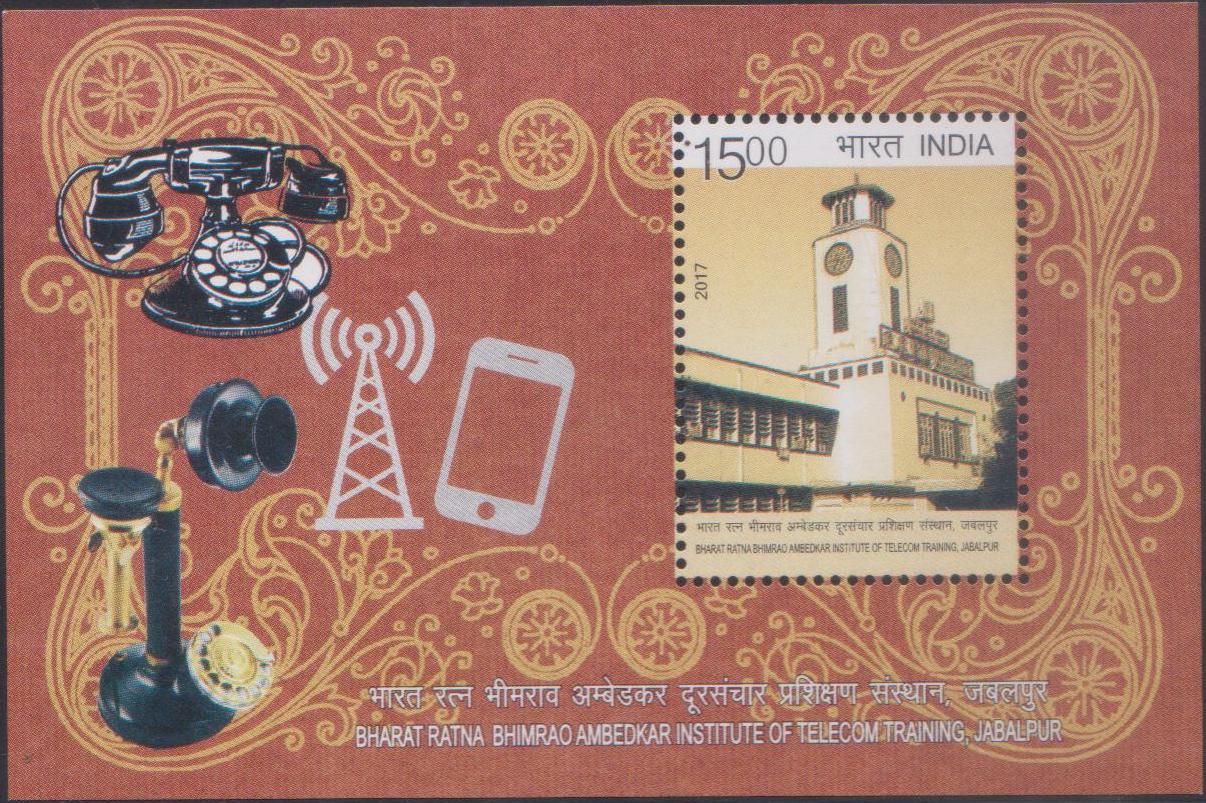
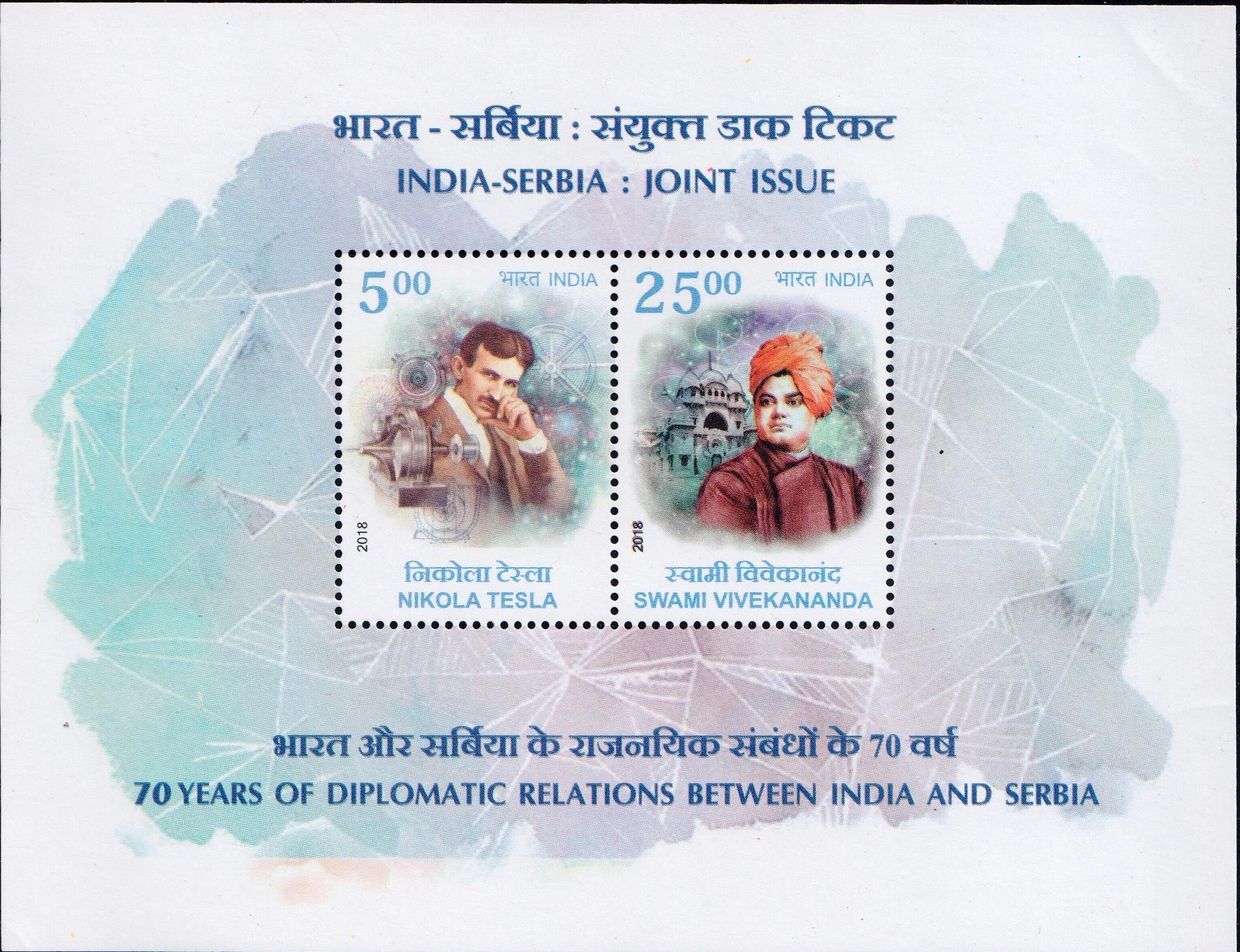

[…] Natural Sciences. Thereafter he worked as a research scholar in the field of cosmic rays at the Indian Institute of Science, Bangalore. In 1947, he received a doctorate from Cambridge with a thesis on “Cosmic […]